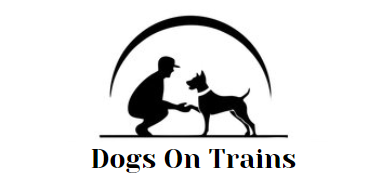The protection of fire is essential for any Sydney company. It’s not only a legal requirement however, it’s also a method of keeping the property, employees and customers safe. Fires can cause massive losses in a matter of minutes. But with proper safety measures in place, a lot of these risks can be minimized or prevented. Fire inspections and regular testing of electrical systems and conformity with CFSP standards all work to ensure a secure environment.
The reason Fire Inspections are the foundation of Safety
Fire inspections are the initial step to protect against risks. They verify that the fire protection system of the building is up-to-date and functional. Most businesses located in Sydney are required to perform inspections six or twelve times annually, based on the kind of building they are operating and council regulations. The inspection can cover everything from sprinkler and fire alarm systems, to smoke detectors, fire hydrants and extinguishers.

The reason inspections are so important is their ability to identify concealed issues before they turn risky. A small fault in a fire hydrant or a smoke detector that is blocked may seem insignificant at first glance, but in an emergency, such flaws can be fatal to lives. The owners of businesses who regularly inspect their fire hydrants are meeting their legal obligations, and safeguarding themselves from unforeseen disasters.
Testing and Tagging: Addressing Hidden Electrical risks
Electrical systems are one of the leading causes of workplace fires, which is why testing and tagging should always be part of a fire safety plan. The process involves testing electrical equipment for safety, function and compliant, then applying a tag to signal that the equipment has been examined. This is a legal requirement that is often not simple to fulfill. In many businesses this is a measure to guard against any potential dangers.
Unchecked, worn-out or old cables, appliances with faults or outdated wiring could quickly become fire hazards. Regular testing and marking minimizes the chance of a fault with electricity that could cause a fire. This also assures employees that their environment is safe, which builds trust and confidence within the workplace. When combined with fire inspections as well as testing, this extensive security plan minimizes risks from a variety of angles.
The role of CFSP in the field of Compliance and Certification
In New South Wales only a Competent Fire Safety practitioner (CFSP) can be accredit or sign crucial fire safety documents, like the Annual Declarations on Fire Safety. The CFSP accreditation ensures that only experts with qualifications are qualified to evaluate and confirm the safety measures for fire. If business owners are working with a CFSP, inspections and reports will not be merely a item of paper, but rather a reliable evaluation carried out by professionals.
The role of the CFSP goes beyond simply checking boxes. They evaluate the effectiveness and condition of fire protection systems and present comprehensive reports. They also confirm that the system is in compliance with regulations. Without CFSP accreditation, businesses are at risk of fines, legal complications, and even shutdowns if their fire protection measures are found to be insufficient. By partnering with accredited professionals, you can ensure that fire safety systems are being maintained correctly and that compliance obligations are fulfilled without stress.
Fire Safety is a Continuous Involvement
Each business owner is responsible for ensuring that they have a obligation to make sure that fire safety is an absolute priority. Regular inspections and testing of electrical systems, and a proper certification process through CFSP surveillance create a loop of safety that doesn’t stop. This is not just legally enforceable, but it fosters a safety culture in the workplace. Employees can rest assured that evacuation plans have been formulated and that smoke detectors are in operation as well as emergency lighting has been tested, and the fire suppression system is in place for use.
Treating fire safety as an ongoing process instead of an annual checkbox not only reduces risks but also strengthens the company’s image. When safety is prioritized, clients and customers feel safer. Long term, investing to prevent fires early saves the company money by preventing costly damage, fines and legal battles.
Conclusion
Fire safety in Sydney requires a multi-layered strategy that includes fire inspections as well as testing and tagging and professional certification by an CFSP. Each of these components contributes to helping businesses adhere to the law, but also to safeguard property and lives. Safety is an integral part of business operations, not an afterthought. Companies can fulfill their legal obligations as well as create more stable and secure environment for the future when safety is a regular part of daily operations.
